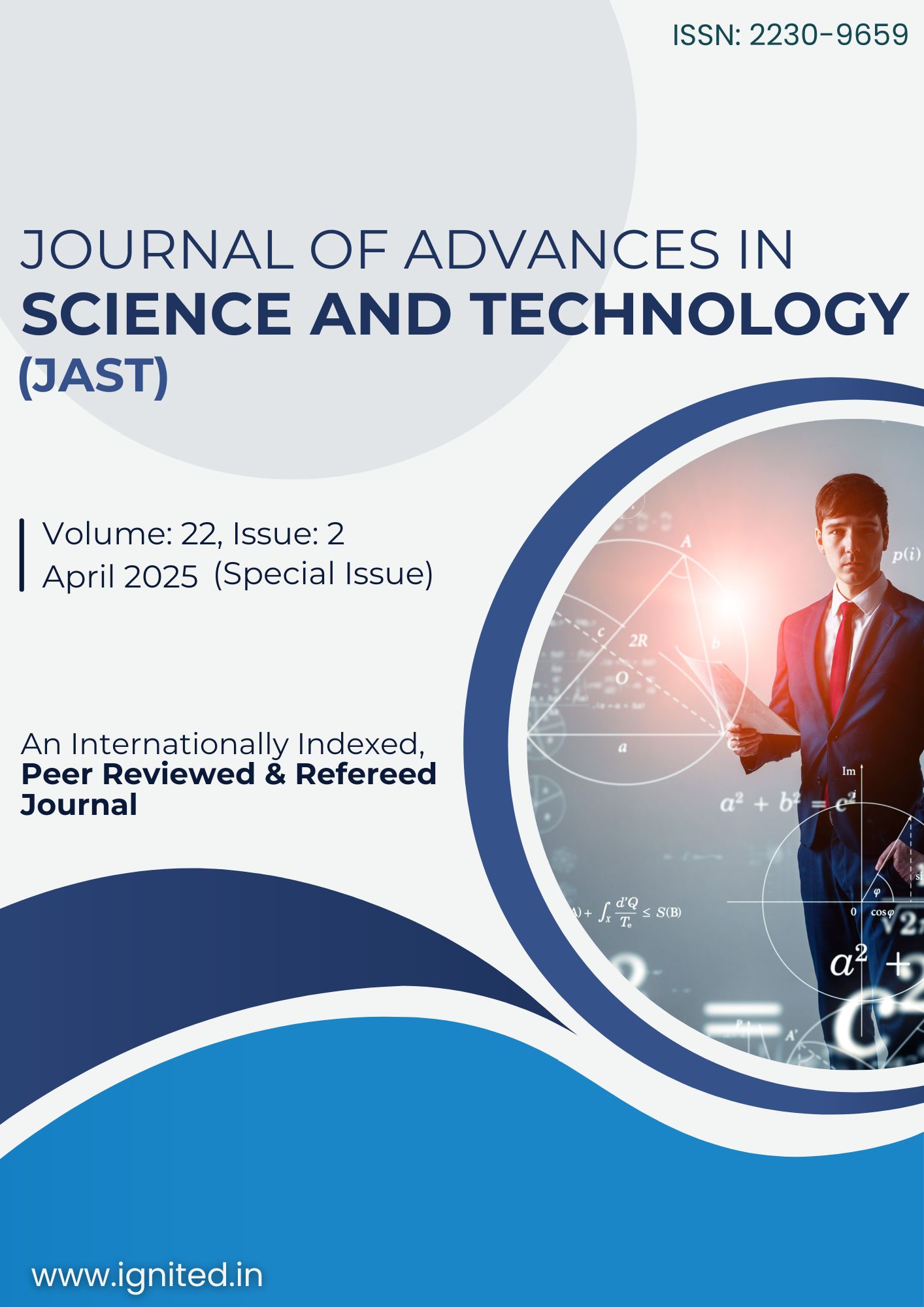Evaluating Occupational Health Risks And Preventive Strategies In The Manufacturing Sector
Main Article Content
Authors
Abstract
The main occupational health hazards and the efficacy of preventative measures in the manufacturing industry are assessed in this research. According to information gathered from 200 participants via questionnaires, interviews, and field observations, workers often encounter risks including dust (78%) and noise (85%), yet only 40% are completely aware of these dangers. Although there are usually emergency exits and first aid stations, hazard prevention is lacking when personal protective equipment (PPE) is used inconsistently, safety training is irregular, and PPE requirements are inadequate. Low ratings for ergonomic equipment point to areas that need work however control methods including ventilation and chemical handling procedures were judged to be effective. To guarantee a safer industrial work environment, the results highlight the need of organized training, improved safety communication, and more stringent implementation of preventative measures.
Downloads
Article Details
Section
References
- Zohar, D. (2020). Thirty years of safety climate research: Reflections and future directions. Accident Analysis & Prevention, 42(5), 1517–1522.
- Neitzel, R., Seixas, N., Goldman, B., & Daniell, W. (2019). Contributions of risk factors to hearing loss in the steel industry. Occupational and Environmental Medicine, 61(10), 927–933.
- Cui, P., Zhao, H., Dong, Z., Ju, X., Zou, P., & Zhou, S. (2022). Modeling the occupational health risk of workers caused by environmental release during the production of PC components. Frontiers in Public Health, 10. https://doi.org/10.3389/fpubh.2022.1076461
- Musungwa, T., & Kowe, P. (2022). Effects of occupational health and safety management systems implementation in accident prevention at a Harare beverage company. Cogent Engineering, 9(1). https://doi.org/10.1080/23311916.2022.2124638
- Salvi, J. (2022). Occupational hazards in the chemical industry: Scoping the relevance for prevention of health hazards. Innovative Journal of Nursing & Healthcare, 8(4), 22–27. https://doi.org/10.31690/ijnh.2022.v08i04.001
- Rikhotso, O., Morodi, T. J., & Masekameni, D. M. (2022). Safety climate in university and college laboratories: Impact of organizational. International Journal of Environmental Research and Public Health, 19(3).
- Zhou, L., et al. (2022). Occupational health risk assessment methods in China: A scoping review. Frontiers in Public Health, 10. https://doi.org/10.3389/fpubh.2022.1035996
- Mutlu, N. G., & Altuntas, S. (2021). Developing an integrated conceptual framework for monitoring and controlling risks related to occupational health and safety. Journal of Engineering Research, 9(4A), 262–278. https://doi.org/10.36909/jer.9959
- Turan, G., & Yildiz Töre, G. (2021). Evaluation of major occupational hazards encountered in the furniture production process on employee health. European Journal of Engineering and Applied Sciences, 4(2), 36–44. https://doi.org/10.55581/ejeas.1033299
- Mamtani, B. (2020). Occupational safety and health practices in manufacturing industry in the North India. International Journal of Research in Applied Science and Engineering Technology, 8(6), 2301–2310. https://doi.org/10.22214/ijraset.2020.6371
- O. Rikhotso, T. J. Morodi, and D. M. Masekameni, “Safety climate in university and college laboratories: Impact of organizational and,” Int. J. Environ. Res. Public Health, vol. 19, no. 3, 2022.)

